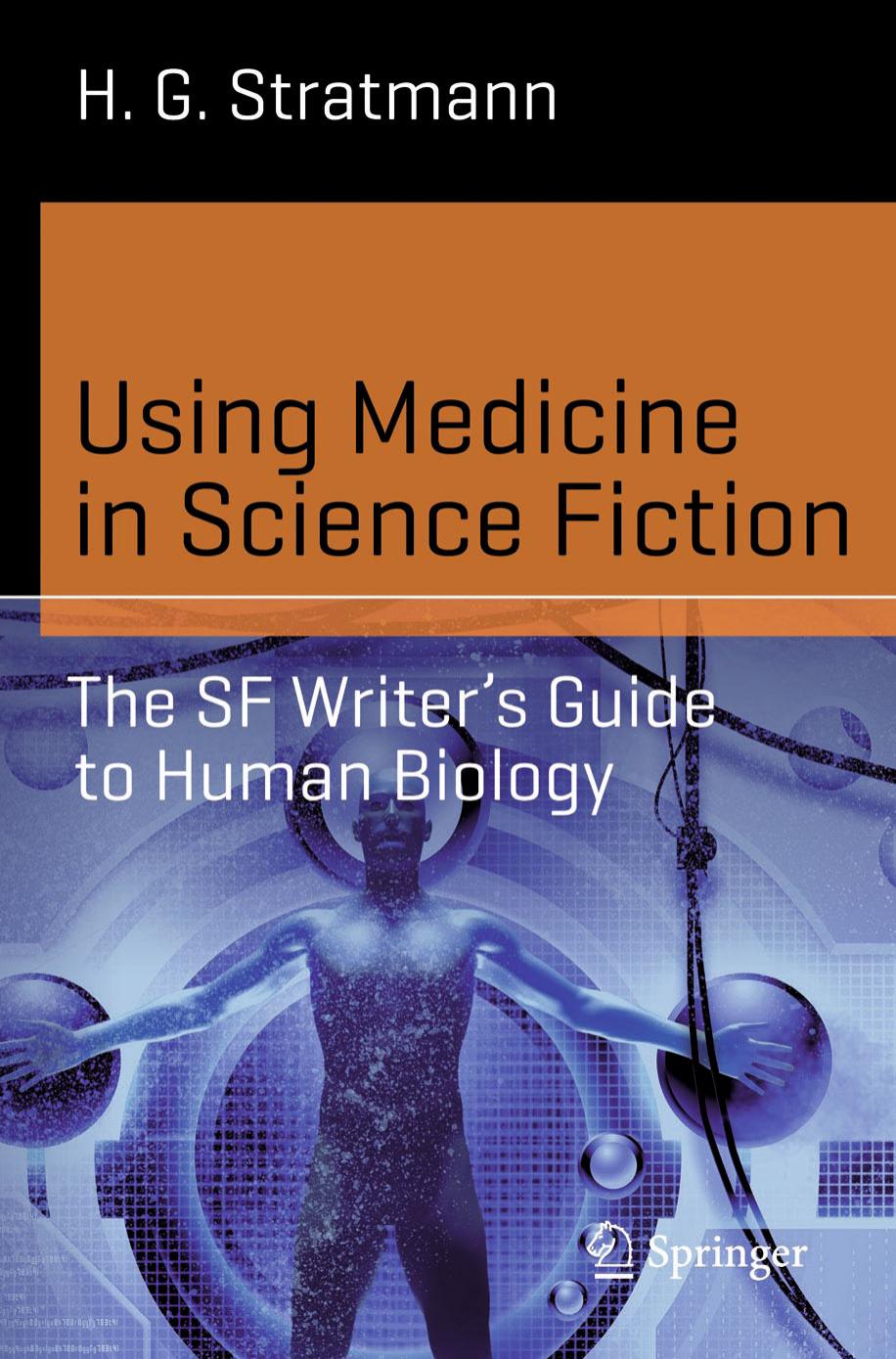Using Medicine in Science Fiction by H. G. Stratmann

Author:H. G. Stratmann
Language: eng
Format: epub, pdf, mobi
Publisher: Springer International Publishing, Cham
8.6 The Bottom Line
Paranormal abilities such as those described previously can be effective story elements in science fiction. However, while they have a clear place in science fantasy, based on current evidence their role in “hard,” science-based fiction is, even looked at optimistically, minimal at best. So far such abilities have not been found to be clearly reproducible or to have any rationale based on known physical or biological principles to explain how they work. Assuming hypothetically that they do exist, the magnitudes of their effects appear too low to distinguish them from chance events, eliminate all confounding variables or alternative explanations, etc.
Please note that the above statement does not say that paranormal abilities do not exist. If subtler varieties of paranormal abilities such as telepathy or precognition are rare (e.g. present in only isolated individuals), weak, and unpredictable, then their presence could be intrinsically irreproducible and below the threshold for unequivocal detection. However, to establish that such abilities exist requires that they meet enough standard scientific criteria to do that.
Not all phenomena that science recognizes as “true” are, in fact, reproducible. For example, based on our current knowledge it is not possible (or prudent) to recreate the “Big Bang” that created our Universe in a laboratory. However, that theory is consistent with established scientific laws and data (e.g. the presence of the cosmic background radiation). Paranormal abilities appear to not only contradict those laws (albeit with perhaps a slight fuzziness around the edges based on quantum and other theories) but have no clearly, unequivocally supportive data to back up their existence. Thus, for example, if someone actually could demonstrate the mental ability to consistently and reliably lift an X-Wing fighter out a swamp, with no evidence of electromagnets, wires, or other conventional physical means, then that individual’s claim to have telekinesis could reasonably be taken seriously.
Likewise if a person could “blink” away from one part of a room to another instantaneously in front of human witnesses, undoctored video recordings, etc., then teleportation might be considered to be a real possibility. Even being able to immediately repeat word-by-word over and over again what another person or group of individuals were thinking would be impressive as a feat of potential telepathy. However, in the absence of such demonstrations those abilities cannot be confirmed.
Science fiction characters with paranormal abilities are far too useful for story purposes to give up solely in the name of scientific realism. However, if they are used, it would be prudent to touch as lightly as possible (if at all) on the “science” behind how they were born with or gained those abilities and the physics and biology underlying how they operate. Any such “explanation” is likely to quickly crash head on into any of a number of (presumptively) unyielding scientific principles and further reduce the “believability” of those paranormal powers.
An alternative is to acknowledge that such capabilities do, in fact, contradict known science. However, given the already highly speculative nature of those abilities from a “realistic” standpoint, this approach too might not be particularly helpful at establishing their plausibility.
Download
Using Medicine in Science Fiction by H. G. Stratmann.pdf
Using Medicine in Science Fiction by H. G. Stratmann.mobi
This site does not store any files on its server. We only index and link to content provided by other sites. Please contact the content providers to delete copyright contents if any and email us, we'll remove relevant links or contents immediately.
| Administration & Medicine Economics | Allied Health Professions |
| Basic Sciences | Dentistry |
| History | Medical Informatics |
| Medicine | Nursing |
| Pharmacology | Psychology |
| Research | Veterinary Medicine |
Tuesdays with Morrie by Mitch Albom(4690)
Yoga Anatomy by Kaminoff Leslie(4306)
Science and Development of Muscle Hypertrophy by Brad Schoenfeld(4089)
Bodyweight Strength Training: 12 Weeks to Build Muscle and Burn Fat by Jay Cardiello(3913)
Introduction to Kinesiology by Shirl J. Hoffman(3725)
How Music Works by David Byrne(3187)
Sapiens and Homo Deus by Yuval Noah Harari(2987)
The Plant Paradox by Dr. Steven R. Gundry M.D(2547)
Churchill by Paul Johnson(2506)
Insomniac City by Bill Hayes(2497)
Coroner's Journal by Louis Cataldie(2432)
Hashimoto's Protocol by Izabella Wentz PharmD(2331)
The Chimp Paradox by Peters Dr Steve(2297)
The Universe Inside You by Brian Clegg(2097)
Don't Look Behind You by Lois Duncan(2080)
The Immune System Recovery Plan by Susan Blum(2027)
The Hot Zone by Richard Preston(1983)
Endure by Alex Hutchinson(1964)
Woman: An Intimate Geography by Natalie Angier(1882)
